Snake Plant Care Guide

Amy Draiss
If a prize were available for the most easy to grow plant, snake plant (Sansevieria) would certainly be one of the frontrunners. Snake plant care is very straightforward. These plants can be neglected for weeks at a time, and with their strappy leaves and architectural shape, they still look fresh.
Additionally, they can survive low light levels and drought, and have few insect problems. NASA research has even shown that snake plants are able to help keep the air inside your home clean, removing toxins such as formaldehyde and benzene. In short, they are the perfect houseplants.
There are still some things you need to know to keep your snake plant looking its best, however. Read on for our expert advice on how to care for snake plants, including light, water, and soil requirements, popular varieties, and more.
Quick Facts about Snake Plants
- Botanical name - Dracaena trifasciata, Sansevieria
- Height - 2 to 4 feet (0.6 to 1.2 m)
- Spread - 1 to 2 feet (0.3to 0.6 m)
- Sun exposure - partial shade
- Soil requirements - well drained potting mix
- Hardiness zones - 10 to 12
- When to plant - year round indoors
Snake Plant Benefits
There are a few benefits to growing a snake plant in your home. It is a striking and attractive foliage plant. The most common species grown indoors in North America, it has tall, striped, and sword-shaped leaves. Grown outdoors in its native range, a snake plant can grow up to four feet (1.2 m) and produce flowers and berries. As a houseplant, it won’t grow much taller than two feet, and you will likely never see any snake plant flowers.
Snake plant care indoors as a houseplant is very easy. It’s one of the houseplants that you have to work hard to kill. These are reasons enough to get one, but as a bonus, snake plants have also been found to purify indoor air.
Snake Plant Care Guidelines
Care for snake plants is very easy and a major reason people choose it as a houseplant. Give it a sturdy container with high-quality potting mix, a spot in bright, indirect light, and occasional water, and it will thrive.
You can let it dry out between waterings and water very little in the winter. To grow outdoors year-round, snake plants require a tropical climate, but you can move a container outside to a partially shady spot in summer.
Gardening tips, videos, info and more delivered right to your inbox!
Sign up for the Gardening Know How newsletter today and receive a free copy of our e-book "How to Grow Delicious Tomatoes".
Snake Plant Soil & Light Requirements
Any quality potting mix is a good choice for growing a snake plant in a container. Good drainage is essential, so the container should have holes in the bottom and the soil should be light. Also, be sure to choose a pot that is wide enough to be stable. As a snake plant grows taller, it can become top heavy.
A snake plant only needs a few hours of direct light per day. The rest of the day, it will do fine in shade or low, indirect light. For a snake plant outdoors in summer, provide shade during the hottest part of the day.
How Often to Water a Snake Plant
Water regularly during the growing season from spring to fall, but take care not to overwater a snake plant. It will not tolerate standing water or soggy soil, which can lead to root rot. It’s best to let the soil dry out between waterings. In winter, you can reduce watering to just once every month or two.
Fertilizer for Snake Plant
Snake plants do not require much fertilizer. You can promote growth by providing a balanced fertilizer prepared at half strength. Apply it once a month during the growing season only.
Snake Plant Propagation & Repotting
Growing snake plant from cuttings is relatively easy. The most important thing to remember is that they can easily rot, so a free draining soil needs to be used. Leaf cuttings are the usual method, but probably the easiest way to propagate snake plants is by dividing. The roots produce fleshy rhizomes, which can simply be removed with a sharp knife and potted up. Again, these will need to go into a free draining soil.
You should repot a snake plant every 3 to 5 years.
Problems Growing Snake Plants
Snake plants have very few issues when grown indoors as houseplants. The most common problem is root rot, which can lead to droopy snake plant leaves. You can avoid this by ensuring good drainage and not overwatering.
Check Out Our Complete Guide to Houseplants
Types of Snake Plant
There are around 70 different species of snake plant, all native to tropical and sub-tropical regions of Europe, Africa, and Asia. They are all evergreen and can grow anywhere from 8 inches (20 cm) to 12 feet (3.5 m) high.
The most commonly used species for gardening is Sansevieria trifasciata, often known as mother-in-law’s tongue. However, if you’d like something a little different, the following species and cultivars are worth looking out for:
- "Laurentii" -- This cultivar has attractive yellow bands at the edges of its green leaves.
- "Moonglow" -- This variety has a silvery green color and lacks the stripes of other varieties
- Sansevieria ‘Golden Hahnii’ – This species has short leaves with yellow borders.Cylindrical snake plant (Sansevieria cylindrical) – Cylindrical snake plant has round, dark green, striped leaves and can grow to 2 to 3 feet (61 to 91 cm).
- Sansevieria trifasciata "Twist" – As the name suggests, this cultivar has twisted leaves. It is also striped horizontally, has yellow variegated edges and grows to about a 14 inches (35.5 cm) tall.
- Rhino Grass (Sansevieria desertii) – This one grows to around 12 inches (30+ cm) with succulent red tinted leaves.
- White Snake Plant (Sansevieria trifasciata "Bantel’s Sensation") – This cultivar grows to around 3 feet (91 cm.) tall and has narrow leaves with white vertical stripes.
Other species of snake plant you might find include Dracaena angolensis, which has tubular leaves with barbs on the ends. Dracaena bacularis grows more densely than other species and has narrow, dark green leaves. Dracaena masoniana has wider leaves, more like paddles than spikes. They are green with white and purple variegation.
Snake plant or mother in law plant is an easy, attractive houseplant suited even to newbie plant parents. If you’re new to growing plants or just love striking specimens, this is a great place to start.
FAQ
Are snake plants good for your house?
Snake plants are great for your house. They absorb carbon dioxide and toxins from the air, and are very happy in a pot with low light and little water.
Where is the best place to put a snake plant?
The best place to put snake plants is in a north or east facing window, where they'll get bright indirect light.
Why is snake plant toxic to humans?
Snake plants contain saponin toxins, and should not be consumed by humans or pets.

Mary Ellen Ellis has been gardening for over 20 years. With degrees in Chemistry and Biology, Mary Ellen's specialties are flowers, native plants, and herbs.
- Amy DraissDigital Community Manager
-
 8 Noteworthy Native Azaleas Every Gardener Should Know – And Grow!
8 Noteworthy Native Azaleas Every Gardener Should Know – And Grow!Native azaleas offer brilliant blooms in a range of colors and sizes. Here are a few favorites to get inspired and start working on a native shade garden!
-
 Growing Climbing Roses: How To Create Elegant Displays With Maximum Blooms
Growing Climbing Roses: How To Create Elegant Displays With Maximum BloomsMaster the art of growing stunning climbing roses with this essential guide to creating vibrant, fragrant walls and structures all summer long.
-
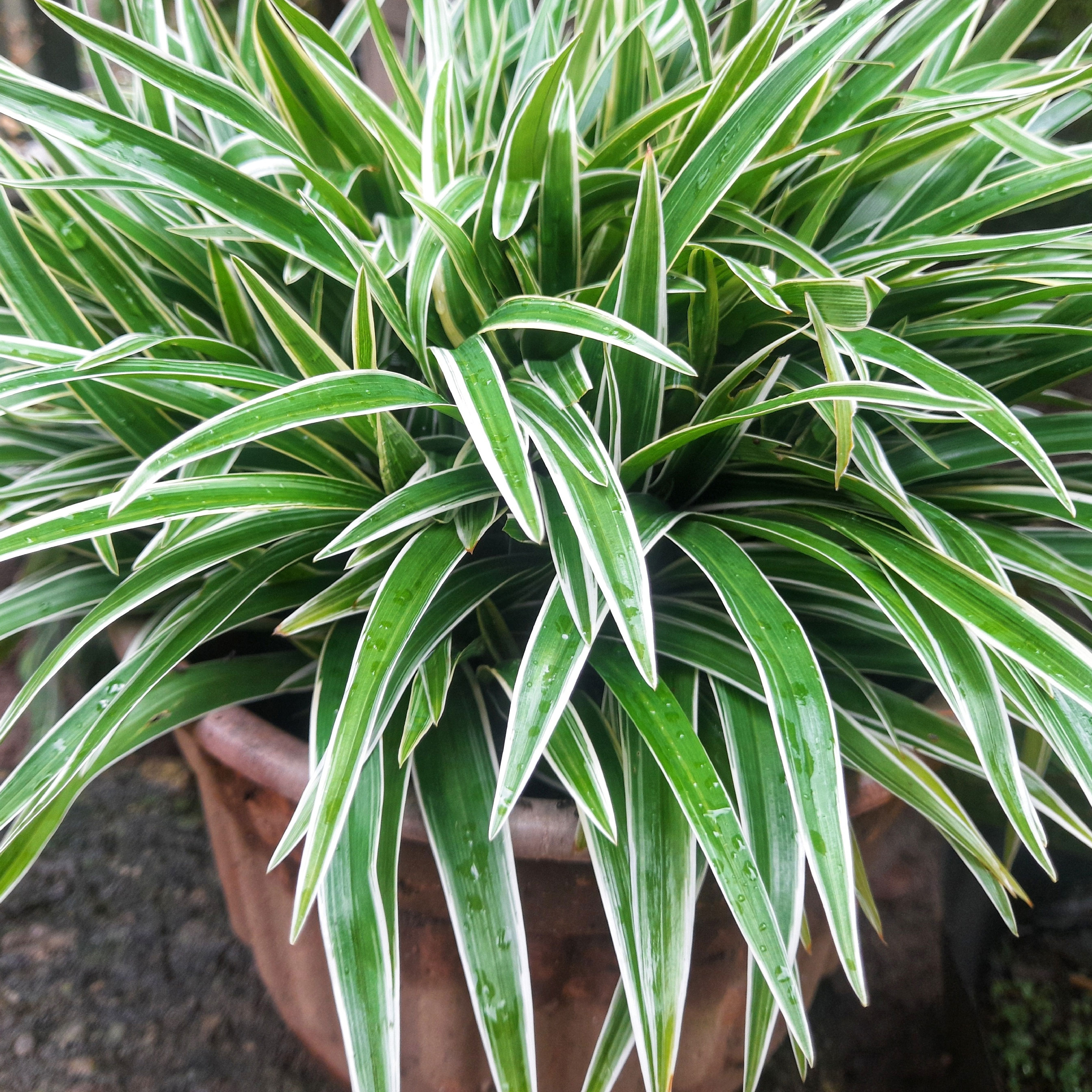 Want To Know How To Make A Spider Plant Bushier? 4 Secrets For Lush & Bushy Spiders
Want To Know How To Make A Spider Plant Bushier? 4 Secrets For Lush & Bushy SpidersAre you looking for ways to make your spider plant look bigger or more dramatic? Follow these quick and easy tips on how to make a spider plant bushier
-
 Best Spider Plant Soil – Complete Soil Guide And Expert Tips For Keeping Plants Happy
Best Spider Plant Soil – Complete Soil Guide And Expert Tips For Keeping Plants HappySpider plants are fun and easy plants to grow, but what is the best soil for a spider plant? Selecting the right soil is important so they can thrive.
-
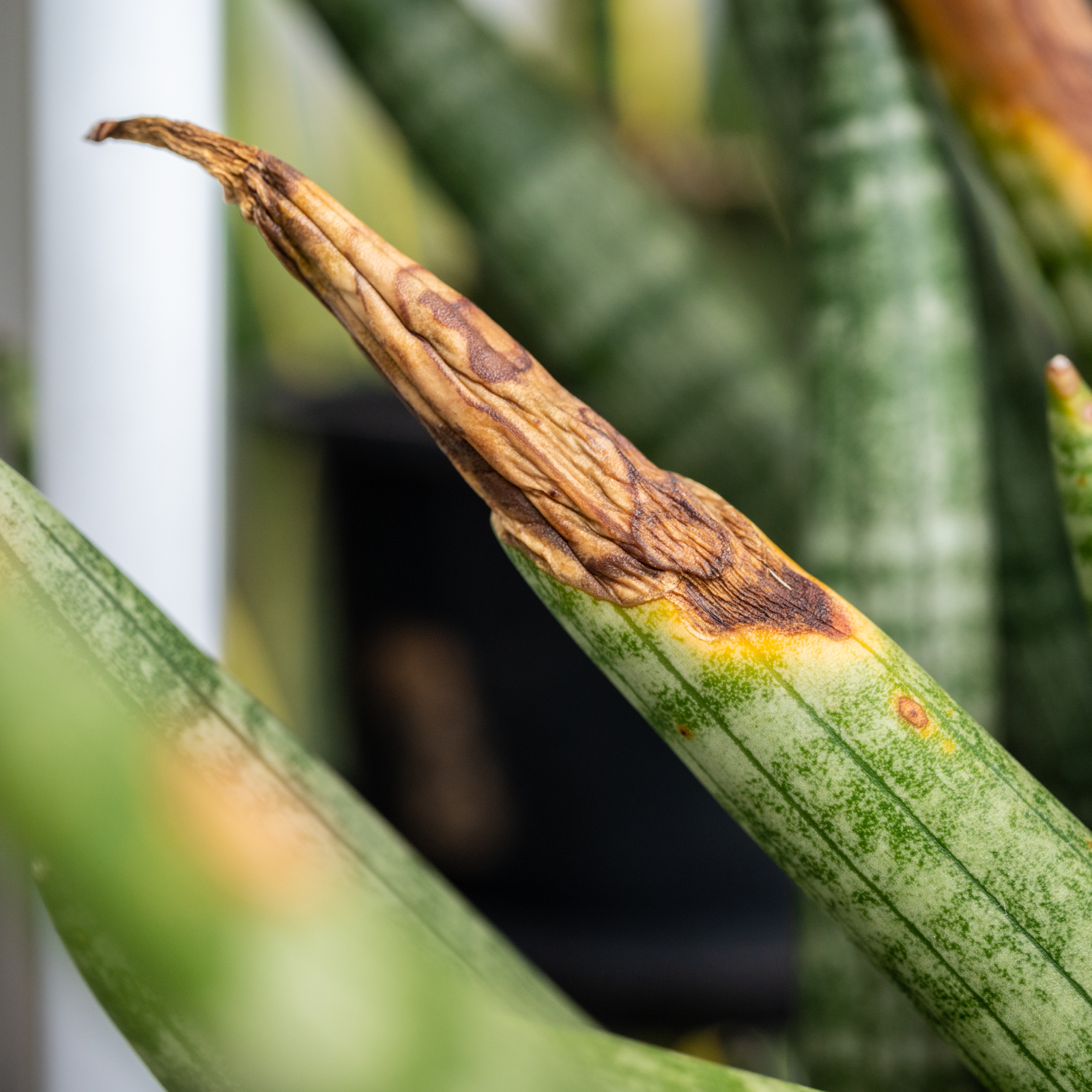 Help, My Snake Plant Is Mushy! Advice For Root Rot In Snake Plants
Help, My Snake Plant Is Mushy! Advice For Root Rot In Snake PlantsSnake plants are hardy houseplants, but they can be susceptible to root rot. Learn how to prevent and treat this common snake plant problem.
-
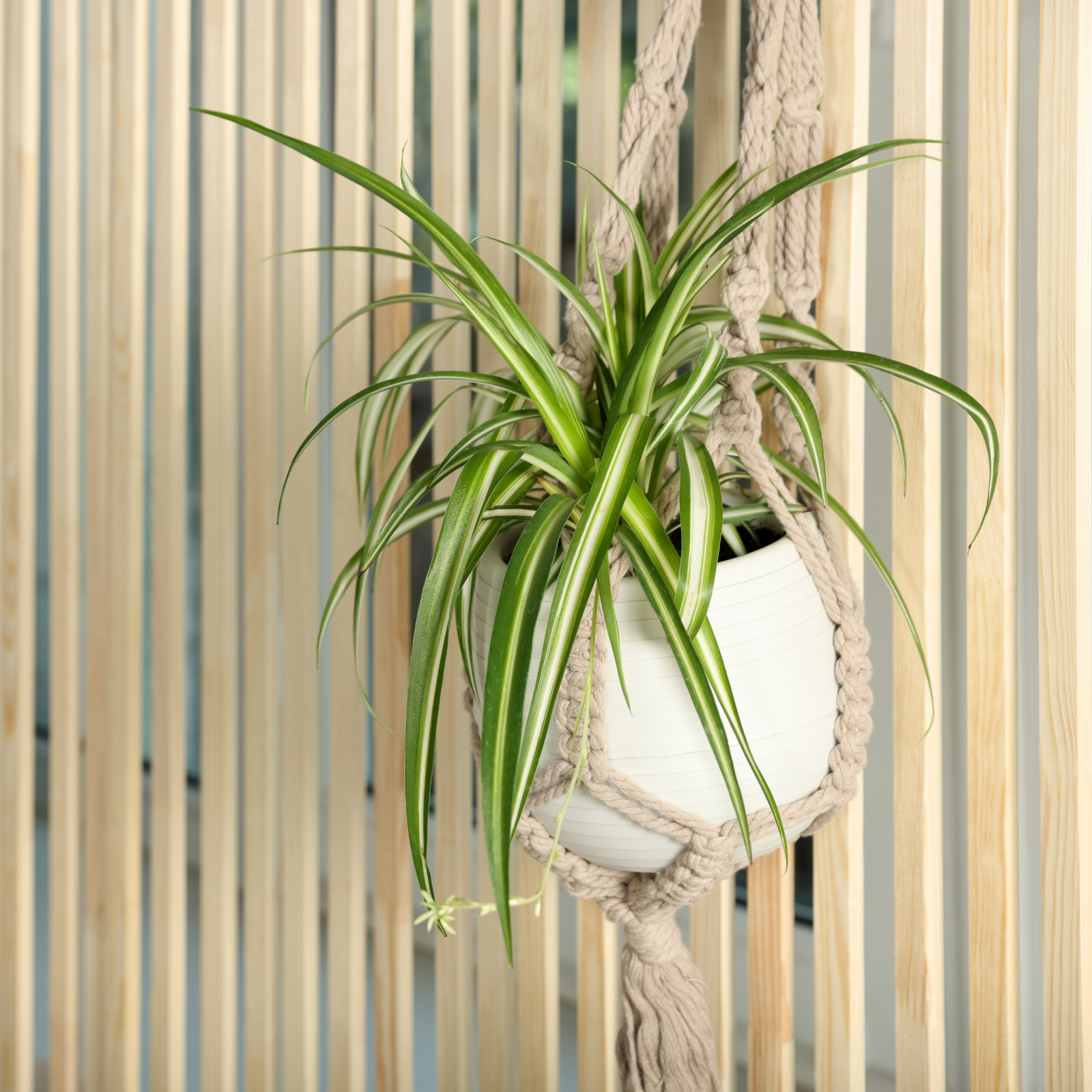 How To Grow A Hanging Spider Plant – For An Elegant Indoor Or Outdoor Display
How To Grow A Hanging Spider Plant – For An Elegant Indoor Or Outdoor DisplayOf all the beautiful baskets we see, the hanging spider plant is probably the easiest to grow. Let your hanging basket spill over with little spider plantlets!
-
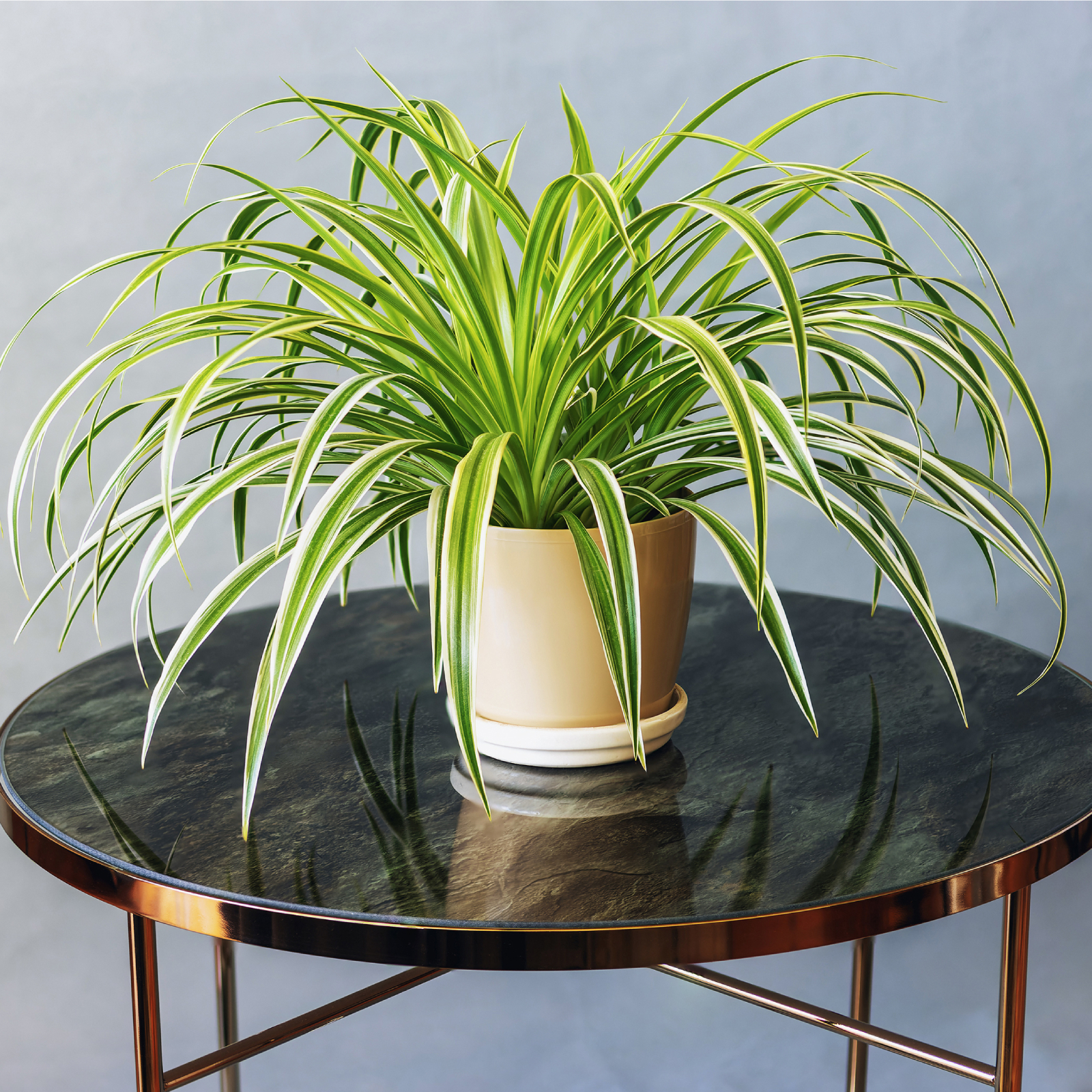 How To Care For A Variegated Spider Plant – Plus, Unique Varieties To Try
How To Care For A Variegated Spider Plant – Plus, Unique Varieties To TryVariegated spider plants and their streaks of green and cream tones bring interest and light to an indoor room, and will elevate your houseplant collection.
-
 Are Snake Plants Toxic To Dogs? Keep Your Pup Safe Around These Popular Houseplants
Are Snake Plants Toxic To Dogs? Keep Your Pup Safe Around These Popular HouseplantsSnake plants are incredibly popular houseplants because of their hardy nature, but are they dangerous to human's best friend? Learn how to keep your pup safe.
-
 How Often Should You Water A Spider Plant? Tips To Keep Spider Plants Happy And Healthy
How Often Should You Water A Spider Plant? Tips To Keep Spider Plants Happy And HealthySpider plants are hardy and easy to grow, but they do need proper watering to thrive. Read our tips on how often to water your spider plants.
-
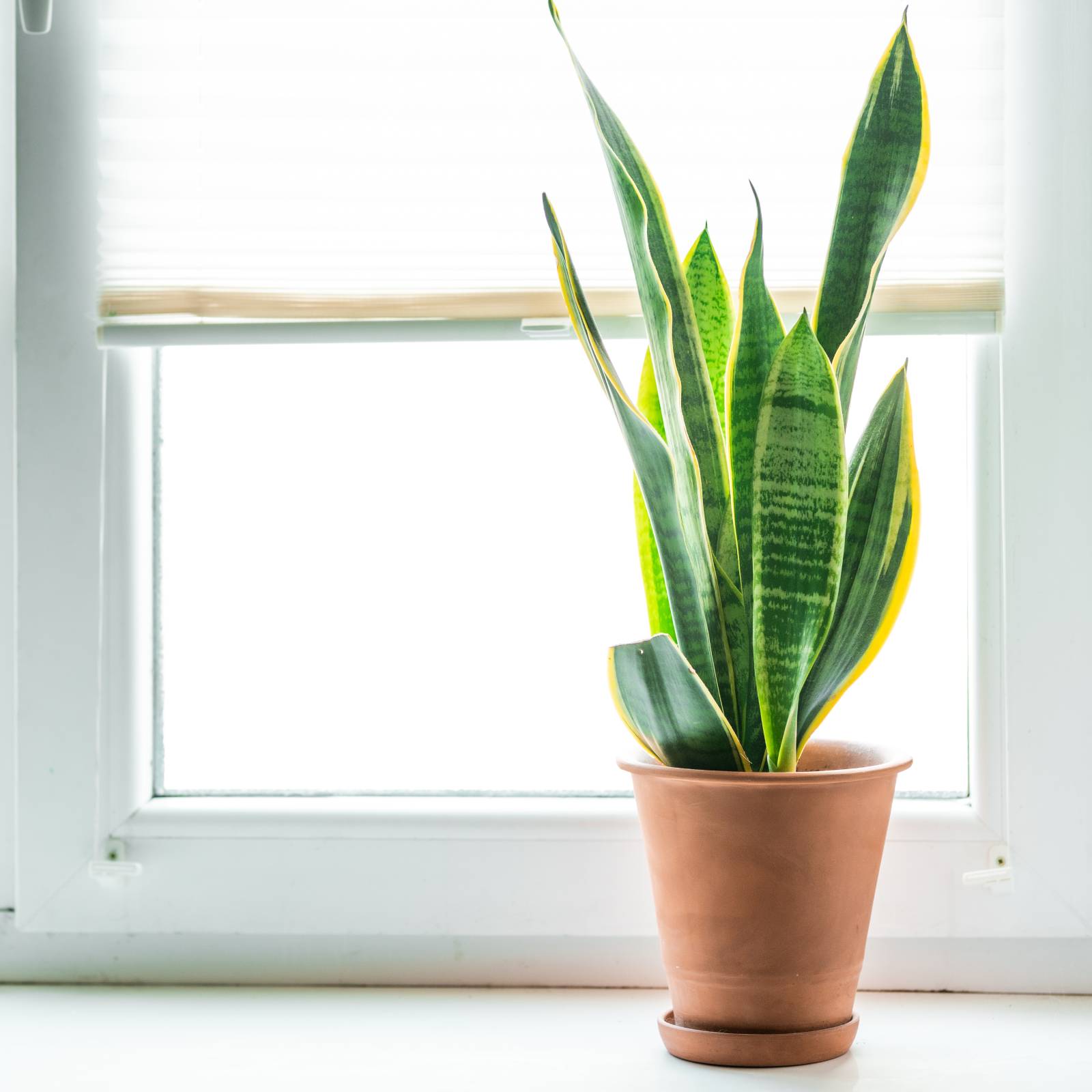 Snake Plant Getting Enough Light? Understanding Light Requirements And How To Adjust
Snake Plant Getting Enough Light? Understanding Light Requirements And How To AdjustSnake plant light requirements aren’t as stringent as for some houseplants, but the right lighting is important for their growth and well-being.